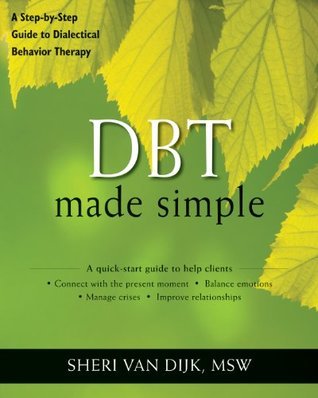What do you think?
Rate this book


281 pages, Kindle Edition
First published January 1, 2012
Pain is unavoidable in life; suffering isn’t.
Judgments about self aren't facts to be accepted, they are perceptions of reality......
The future isn't a reality to be accepted.